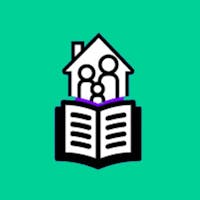
Structural Family Therapy--developed by Salvador Minuchin. He began his work with disorganized, low-income families and psychosomatic families, which suggested that they respond best to interventions that use a here-and-now approach, directive, and concrete treatment approach.
Elements of a family’s structure:
- Power hierarchies: which determine how members combine forces during times of conflict
- Subsystems: such as husband/wife or parent/child which carry out tasks that contribute to the functioning of the family
- Alignments: which are defined by the ways in which family members work together or in opposition when carrying out family activities.
- Boundaries: Implicit and explicit rules that determine the amount of contact that is allowed between family members (overly rigid or overly permeable)
Three chronic boundary problems include:
Detouring: when parents focus on a child either by overprotecting the child or blaming (scapegoating) him/her for the family’s problems.
Stable coalition: when a parent and a child form a cross-generational coalition and consistently “gang up” against the other parent.
Unstable coalition: (triangulation) when each parent demands that the child side with him/her against the other parent.
Three overlapping steps of Structural Family Therapy:
Joining: This is the therapist’s first task–to develop a therapeutic system by joining the family in a position of leadership. Joining involves blending, tracking, and mimesis.
Evaluating the Family Structure: The results of the evaluation enable the therapist to make a structural diagnosis from which therapy goals are derived. This often includes construction of a family or structural map.
Restructuring the Family: This includes a variety of techniques, many of which are designed to deliberately unbalance or stress the family’s homeostasis in order to facilitate transformation of the family structure. These may include enactment, reframing, unbalancing, and boundary making.
Comment below with any questions you may have about Structural Family Therapy, or other helpful information you may need to know about this theory for the exam.


